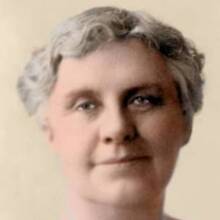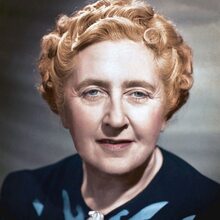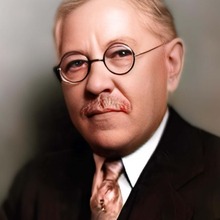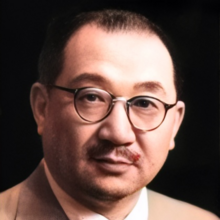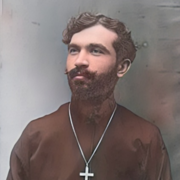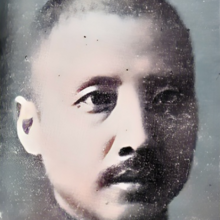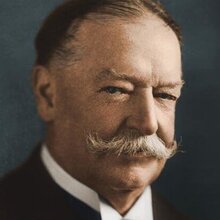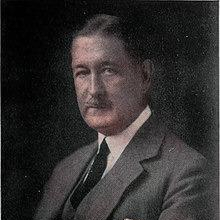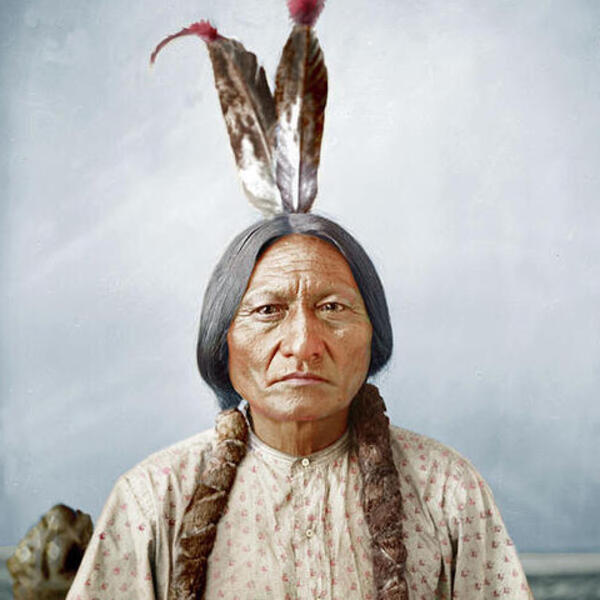
Personal
Other names:
Slow or Jumping Badger
Húŋkešni or Ȟoká Psíče
Job / Known for:
Hunkpapa Lakota leader
Left traces:
Spiritual and cultural legacy
Born
Date:
1831
Location:
US
Near Grand River, Dakota Territory
Died
Date:
1890-12-15 (aged 59)
Resting place:
US
Mobridge, South Dakota
Death Cause:
Gunshot wound
Family
Spouse:
Light Hair, Four-Robes-Woman, Snow-on-Her, Seen-by-her-Nation, Scarlet Woman
Children:
Crow Foot, Many Horses, Standing Holy, William Sitting Bull, Lodge in Sight
Parent(s):
Jumping Bull, Her-Holy-Door
QR Code:
Show More
Rank
Users ranking to :
Thanks, you rate star
Ranking
5.0
1
Fullname
Sitting Bull
Fullname NoEnglish
Tȟatȟáŋka Íyotake
Slogan
we shall soon see the results of their love!
About me / Bio:
Show More
Article for Sitting Bull
Died profile like Sitting Bull
Comments:



